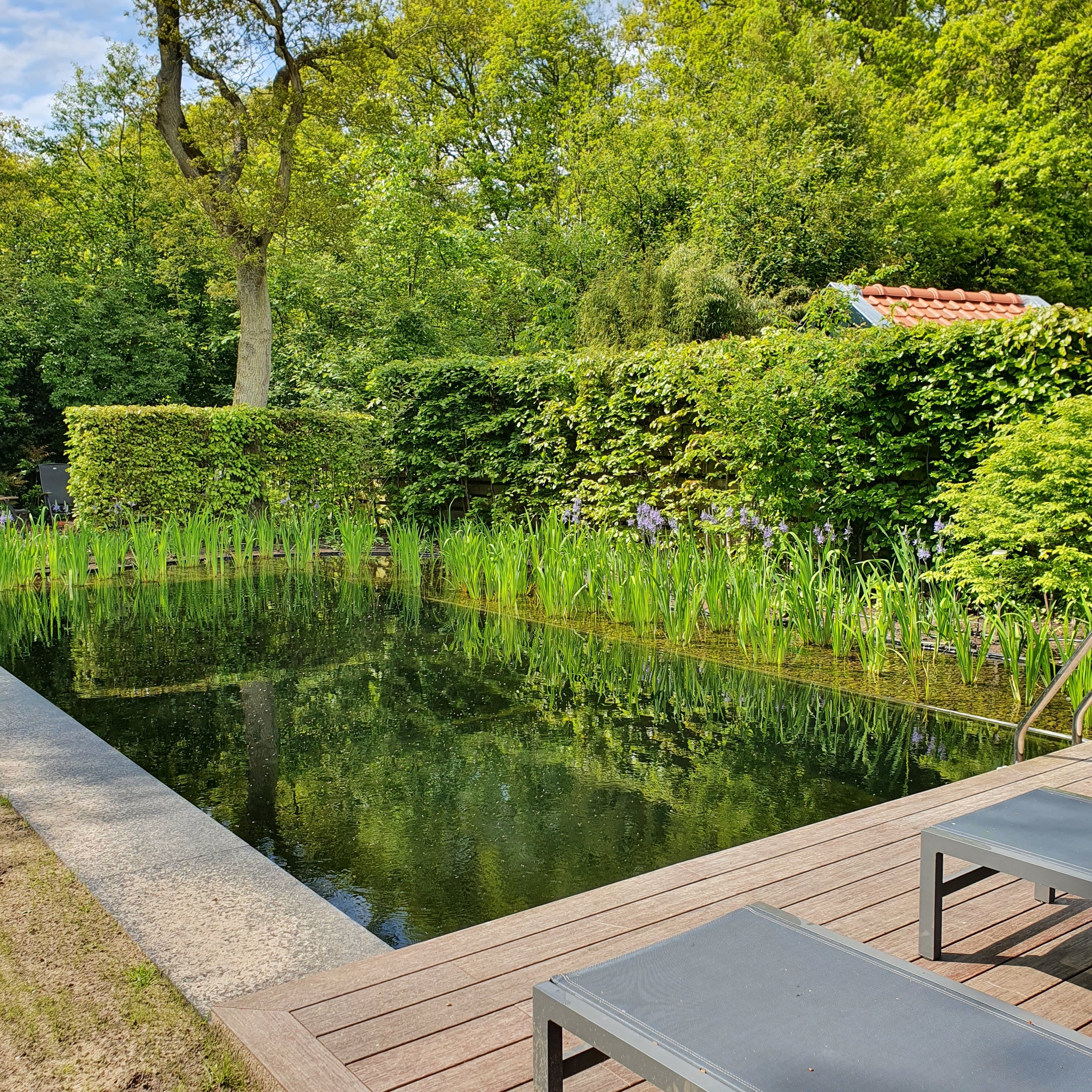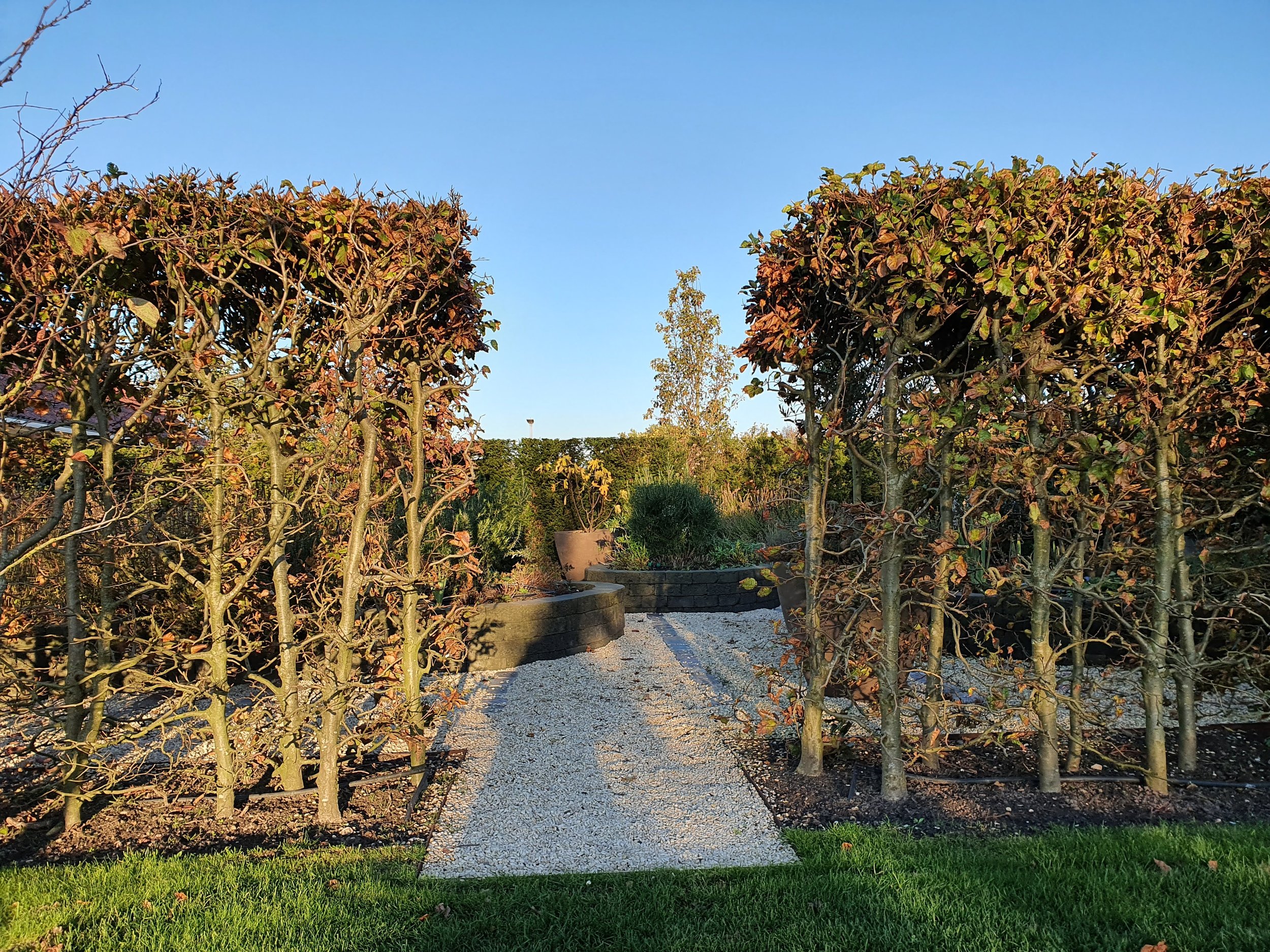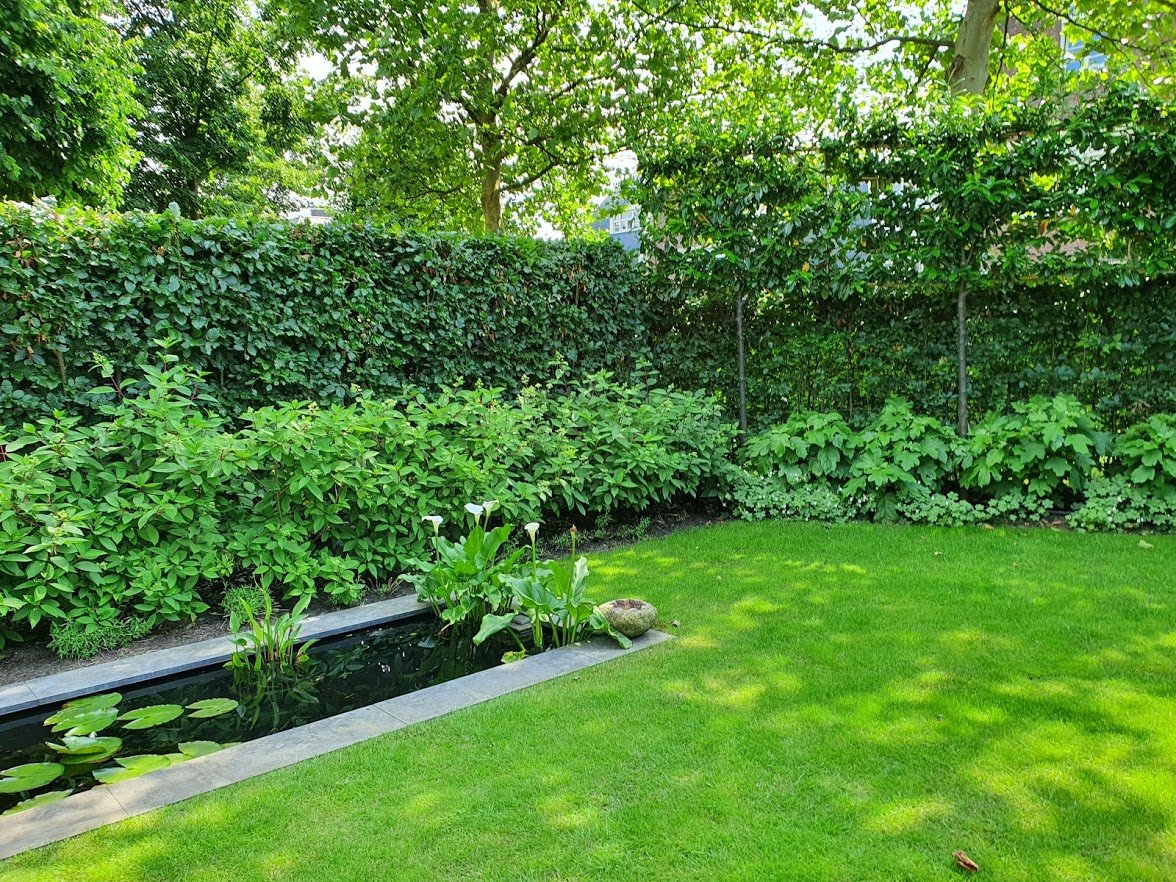What is the best hedge to plant in your garden?
Hedges and hedgerows are dense clumps of shrubs or trees, planted and trained to act as a barrier or to mark an area's boundary, usually between adjacent properties. Hedges provide benefits for us as well as for the wildlife who lives in our gardens, instead of fences and walls. These plants are capable of mitigating flooding, cleaning the air, minimizing noise, and supplying food and shelter to animals.
So, what are the best hedges to plant in your garden? Which hedges are best for the Dutch climate, for instant screening or for blocking the wind?
How to choose the right hedges
To choose a hedge you'd need to consider things like:
Function. Do you need it for screening? An evergreen hedge that would provide screening also during winter? A windbreak hedge? Lots to think about before you choose the right hedge.
Location. What is the soil (wet or dry) like? Is there sun, shade? Do you need them for a small or a bigger garden?
Maintenance. There are straight, neat hedges that need to be clipped a few times a year and loose, informal ones that need less maintenance.
The best hedges
Deciduous hedges
Acer campestre. It is perfect for rural settings with beautifully shaped leaves. Fast-growing, deciduous, and quite tolerant of coastal conditions and cold, exposed sites, this native makes an exceptional hedge.
Carpinus betulus: A vibrant hedge with healthy spring lime green leaves. This is a shade-loving tree that grows in a range of soils. It thrives in heavy soil, like clay or chalk. The leaves fall when the weather changes, leaving behind leaf litter rich in nutrients that enrich the soil over time.
Fagus sylvatica: An excellent windbreaker. The leaves turn copper in the winter and fall just before new leaves emerge in the spring.
Evergreen hedges
Prunus lusitanica (Portugal Laurel): This lovely hedge has dark green glossy leaves and needs protection against cold, drying winds. The shrub makes an excellent evergreen hedge and can also be used as a specimen shrub or tree. It belongs to the Rosaceae family and is native to southwestern France, Spain, Portugal, Morocco, and Macaronesia. The species is also known as Portugal laurel.
Taxus baccata (Common Yew): The shrub usually grows into a small tree with dark green foliage and red fruits. It grows well in shade and breaks up the wind. It provides an excellent background for shrub and herbaceous borders.
Natural Hedges
Native mixed hedge: This traditional farm hedge is a mixture of Acer campestre, Crataegus monogyna, Prunus spinosa, Rosa canina that forms a diverse and attractive screen that provides a habitat for wildlife. This is a robust mix that can tolerate most conditions, even coastal or exposed sites. For centuries, it has been used in rural settings, but it also works well in urban settings.
Evergreen hedge clouds: These are shrubs planted densely together, often at varying heights. Will be clipped afterwards to form clouds. The best sorts are Osmanthus x burkwoodii, Choisya ternata + Choisya ‘Aztec Pearl’, Rhododendron (the purple and white flowering sorts), Viburnum tinus ‘Eve Price’.
***
Remember to carefully consider what characteristics you want from the shrubs. You might also want to consider shrubs that produce flowers, have a perfume or bear attractive fruit, in addition to being large, evergreen, and growing fast.
More Tips & Advice?
If you need help with getting your garden projects going, or if you’d like to find out which improvements will work for your space, contact Botaniq for a consultation!
Content Editor Sofia Simeonidou


